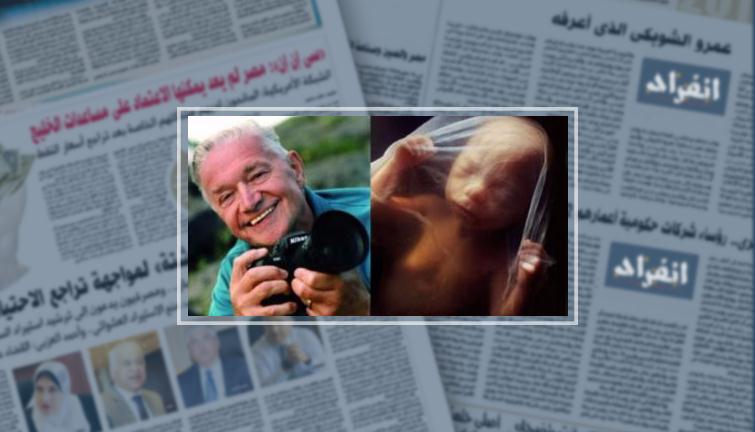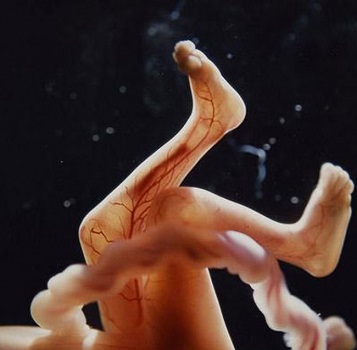


تمت مشاركة صورة من قبل Fareed Zaffour.

A Very Famous #Photographer | #مصور مشهور جداً
? Lennart Nilsson
#Swedish Photographer Lennart Nilsson spent 12 years of his life taking#pictures of the fetuses developing inside the wombs.
قضى المصور السويدي “لينارت نيلسون” 12 عاماً من حياته بالتقاط #صور مراحل تطّور الجنين البشري في الرحم.





